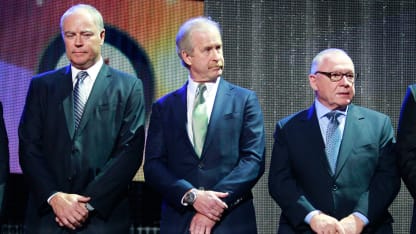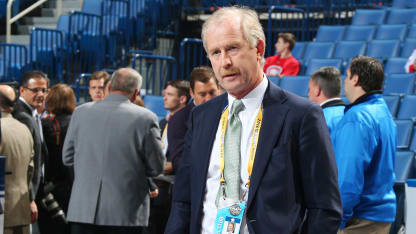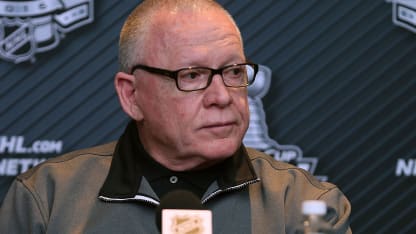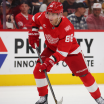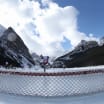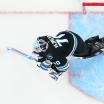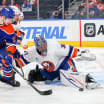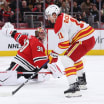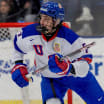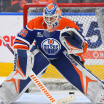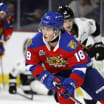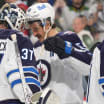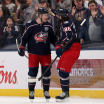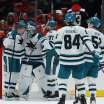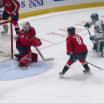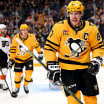Changing the rule theoretically would cut down on the number of reviews as well because many of the offside reviews and subsequent overturned goals are a result of a player having a foot in the air.
"In football when you score a touchdown you have to break the plane to get across the line," Pittsburgh Penguins GM Jim Rutherford said. "The fact of the matter is if a guy has his foot up in the air only by a few inches or whatever, probably his body is still onside. Maybe there is a different way of looking at that."
Montreal Canadiens coach Claude Julien said he would be a proponent of that change largely as a way to help the officials.
"To me, it's tough when they're looking at the small tablet to see if a toe cap or a blade is off the ice and sometimes we're talking about an inch," Julien said. "If they want to put that in I'm for it."
The GMs are also expected to talk about the extended breaks in the schedule, commonly referred to as bye weeks, which were implemented this season to give the players time off between Jan. 1-March 2 not associated with NHL All-Star Weekend.
The GMs want to discuss with the League if there is a better way to incorporate the extended breaks to ensure that a team coming off its break plays another team doing the same.
"That's the only way to do it," Toronto Maple Leafs coach Mike Babcock said.
Teams coming off their extended breaks went 10-16-4 in their first game back this season. Four teams (Maple Leafs, New York Rangers, San Jose Sharks, Vancouver Canucks) came off their break and played an opponent that also was coming off its break.
"I think it's good that the players get the time that they need but maybe there is a better way of doing," Rutherford said. "It certainly appears that the teams coming off the break have a little bit tougher time getting going again."
